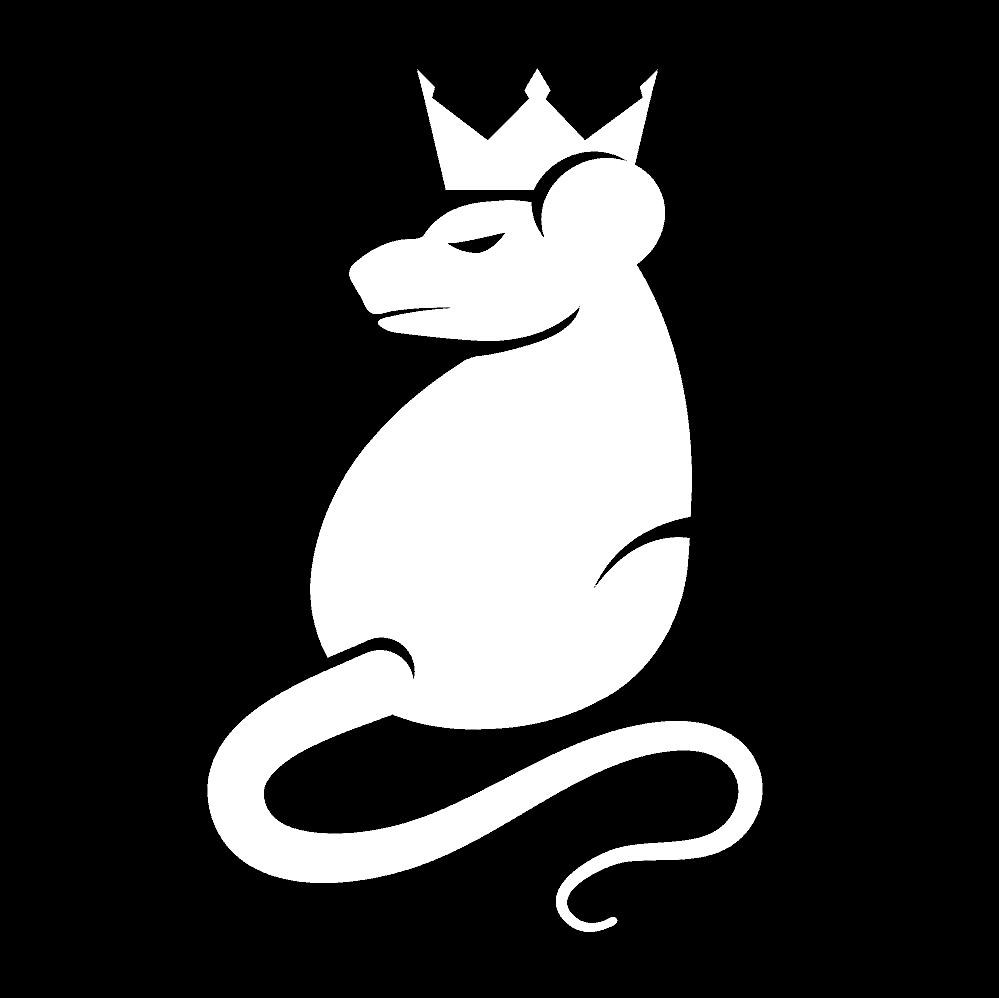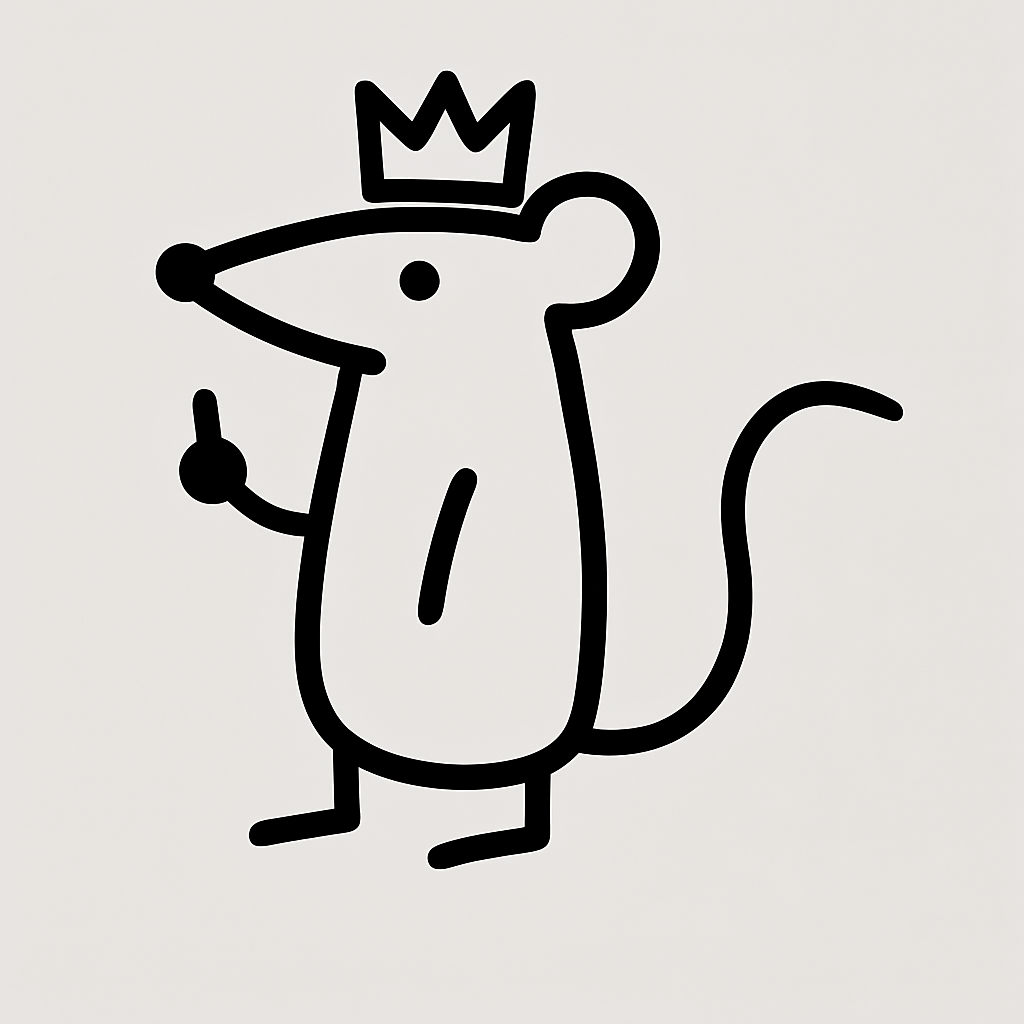Before the Name
Shobolinsky did not start with a rover or a drone or an accelerator. It started in 2021 with a handful of students who decided to throw themselves into competitions, hackathons, and challenges long before they had any business doing so. For four years this was our proving ground. We showed up to coding marathons, space data challenges, design sprints, and robotics tournaments, building on sleepless nights and stubbornness. We failed publicly, we won unexpectedly, and we learned faster than we thought possible. It was only in 2025 that we decided to give it a name, to make it official, to turn Shobolinsky from a team into a company. Everything before that was training, and it all matters.
“Everything before 2025 was training—and it all matters.”
Early Hackathons
Our first real outing was the Q_PERIOR Hackathon. We were still figuring out how to work together, but we walked out with a win. That victory mattered not because of the prize but because it proved that chaos and fresh ideas could hold their own against experience. From that moment on we chased the rush.
The Cloudflight Coding Challenge was a different kind of test: just four hours to read the problem, build a solution, and get it running. It was pure intensity—no time for overthinking, no rewrites, just instinct and execution. It taught us how to cut away everything unnecessary and trust our teamwork when the clock was merciless.
Space-Scale Problems
The NASA Space Apps Challenge pulled us into planetary-scale problems. The datasets were massive, the scope inspiring. We blended our obsession with space hardware into solutions that aimed to make data usable and insights accessible. Space Apps reminded us that the same scrappy style that builds robots in garages could also tackle cosmic questions.
Then came ESA Datalabs and the Ariel challenge, where we jumped into the deep end. Surrounded by researchers and postdocs, we were easily the youngest team in the room. Armed with nothing more than coffee and linear regression, we held our ground. We were the only team to prepare for drift in the dataset, and that simple insight carried us further than we had any right to go. Thirty sleepless hours later, we landed second place. That was the moment we realized Shobolinsky could play at the European level.
“Armed with nothing more than coffee and linear regression, we held our ground.”
Acceleration and Research
Acceleration Days and EDHPC 2025 followed. At Acceleration Days we built crisis response concepts with commodity hardware, proving that resilience does not need exotic parts. At EDHPC we rolled out The Great Coral Reef, our modular accelerator experiment born from nights of fried TPUs and stubborn iteration. Standing on stage with ESA researchers listening to us talk about something that started on a workbench was surreal. It blurred the line between hackathon chaos and research, and reminded us that the two are not so different.
The CTF Gauntlet
Alongside hackathons came Capture the Flag competitions. We dove into twenty-four of them over the years, each a 24-hour gauntlet of cryptography, system exploits, and logic puzzles disguised as cybersecurity battles. They were exhausting, brutal, and addictive. Sometimes we placed well, sometimes we were crushed, but every single one sharpened our instincts. CTFs taught us to think sideways, to anticipate how systems fail, and to design knowing that every flaw can and will be exploited.
Side Projects and Chaos Builds
Between competitions we never stopped building. One weekend we hacked together a low-power AI board, tricking it into running inference on hardware never designed for it. Another time we built an entire sumo robot in just twenty-four hours, a Frankenstein machine of caffeine and solder smoke that still fought in the arena. These unhinged builds became the kind of memories that anchor our story.
There were whimsical projects too. A rat-shaped keychain fleet tracker, laser cut like a mission token. A mini weather station for a rover that only existed in CAD. A lab-on-a-chip module that began as a joke and ended as a research program. A mission patch for a PCB called Coral, because even a circuit board deserves an emblem. These things may look trivial, but they show our philosophy clearly: engineering is not just about solving problems, it is about play.
Unfinished Work
Truthfully, this is only a fraction of it. Dozens of unnamed hackathons and half-built experiments never made it into this story. Nights spent chasing ideas that went nowhere, weekends lost to prototypes that never worked, projects abandoned before they had names. They may not get their own mention, but they shaped us just the same. Every failure, every half-built experiment, every board that smoked in the lab added to the foundation we stand on now.
How It Connects
What ties all of this together is the way it bleeds back into our main projects. Hackathons taught us to build under pressure and cut through noise. CTFs taught us to think sideways and anticipate failure. Side projects taught us improvisation, resilience, and the habit of testing ideas even when they looked ridiculous. Every unfinished prototype, every duct tape patch, every scar carries forward into Lunomyss, Aetheromyss, and Coral.
“Shobolinsky is not just the big machines. It is also the hackathons, the CTFs, and the whatevers that kept us restless since 2021.”
The Foundation
Shobolinsky is not just the big machines. It is also the hackathons, the 24-hour CTFs, the overnight builds, and the whatevers that have kept us restless since 2021. They are the foundation under everything else. Without them we would just be building hardware. With them we are building a story.


